Stamped Concrete Protection Benefits
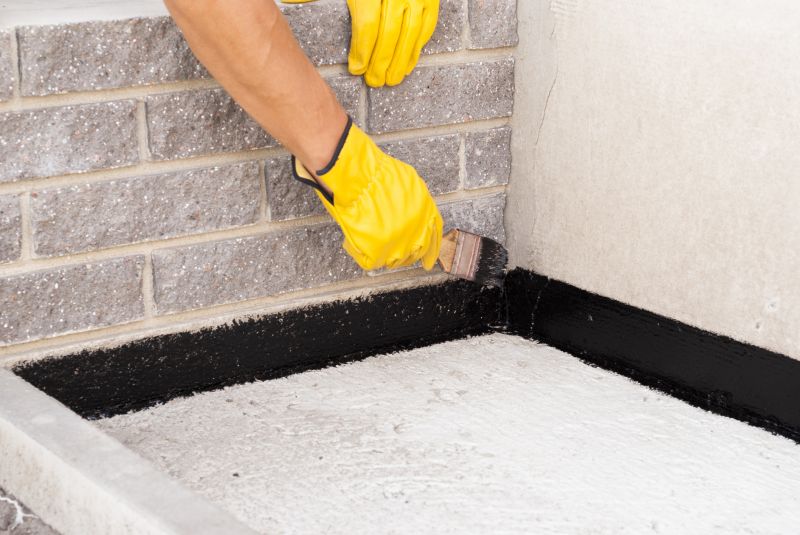
Applying protections in early spring ensures the concrete is fully cured and ready for sealing before exposure to harsh weather.
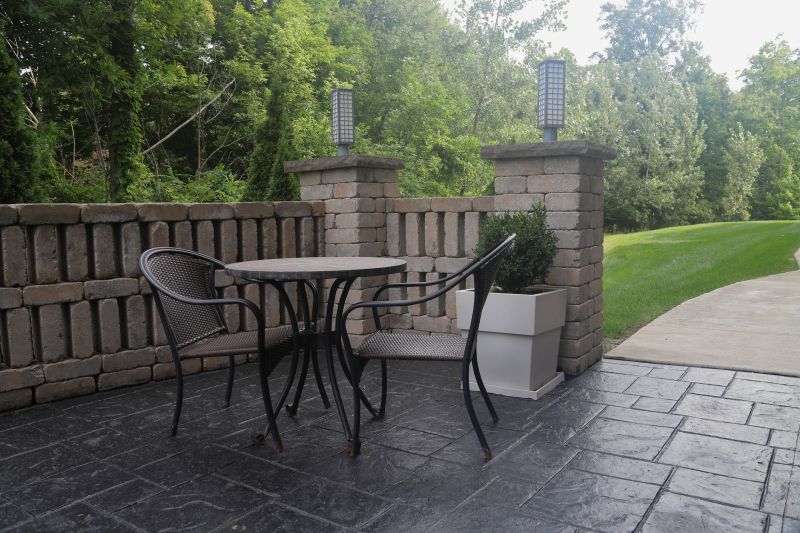
This period offers optimal conditions with moderate temperatures and low humidity, ideal for effective sealing.
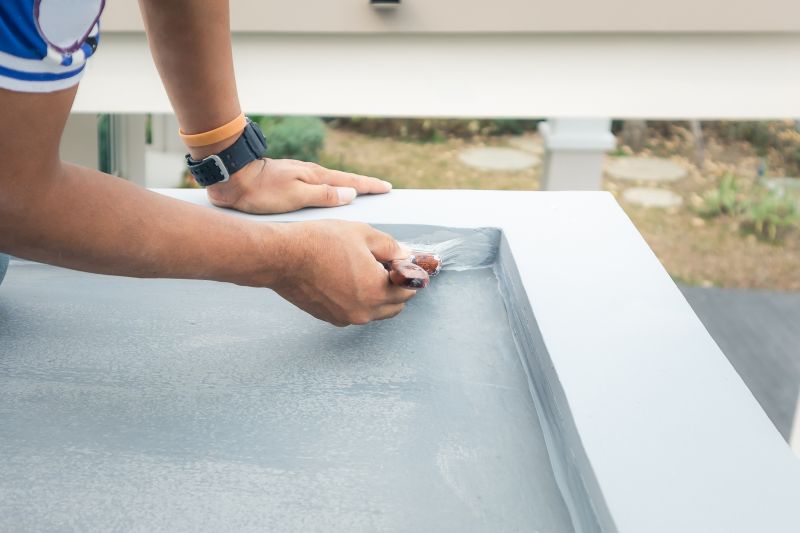
Protection applications should be avoided during cold or rainy periods to prevent improper curing or sealing issues.

Ways to make Stamped Concrete Protections work in tight or awkward layouts.
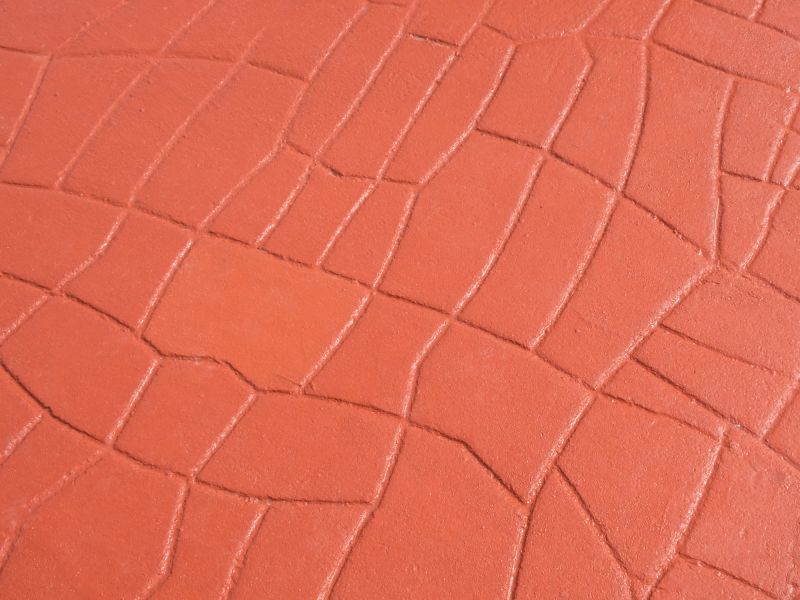
Popular materials for Stamped Concrete Protections and why they hold up over time.
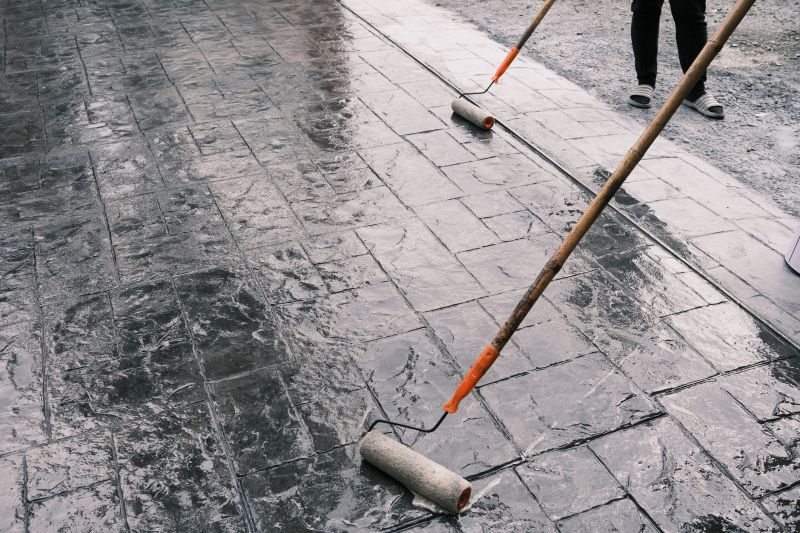
Simple add-ons that improve Stamped Concrete Protections without blowing the budget.
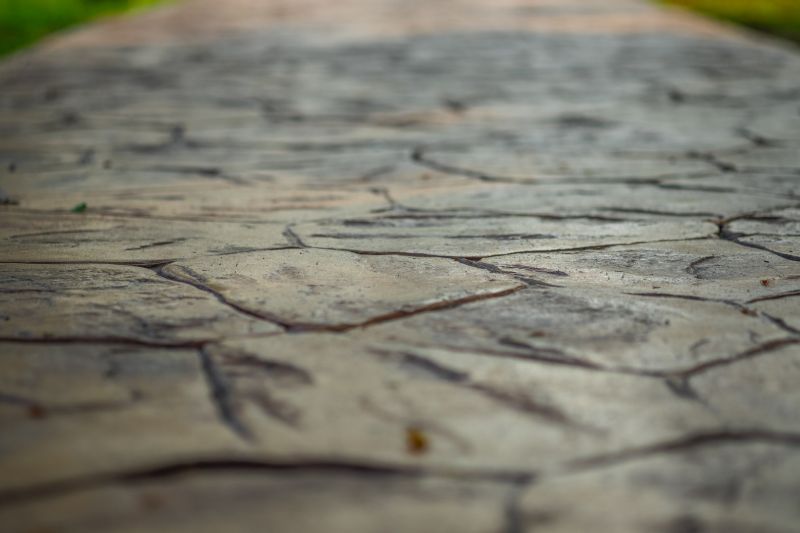
High-end options that actually feel worth it for Stamped Concrete Protections.

Finishes and colors that play nicely with Stamped Concrete Protections.
Stamped concrete protections are essential for maintaining the appearance and durability of decorative concrete surfaces. Proper application enhances resistance to stains, weather damage, and surface wear. Statistics indicate that sealing stamped concrete can extend its lifespan by up to 30%, reducing long-term repair costs. The best time to apply these protections depends on climate conditions, curing stages, and seasonal weather patterns. Proper timing ensures the protection forms a strong bond, providing optimal results and longevity.
Applying stamped concrete protections at the right time can significantly influence their effectiveness. Factors such as temperature, humidity, and concrete curing stages play a crucial role. Typically, protections should be applied after the concrete has fully cured, which generally occurs within 28 days. However, in warmer climates, this process may be shorter, while colder or humid conditions require longer curing times. Regular inspections and adherence to manufacturer guidelines are recommended to achieve the best results.
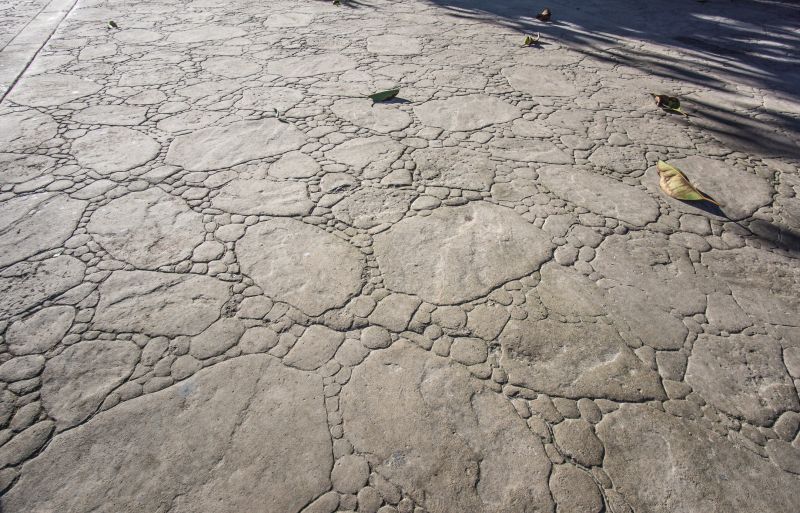
Sealed stamped concrete resists stains, surface wear, and weather damage, preserving its aesthetic appeal.
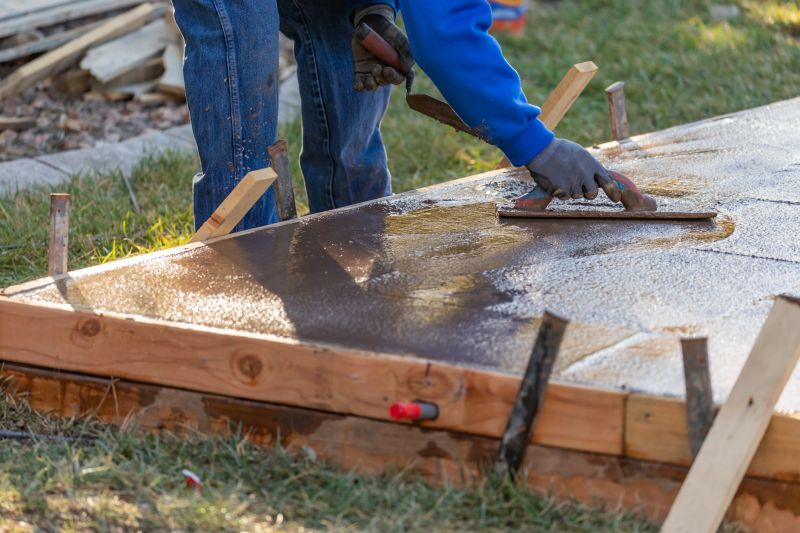
Timing depends on climate, curing stage, and weather conditions, usually after 28 days of curing.
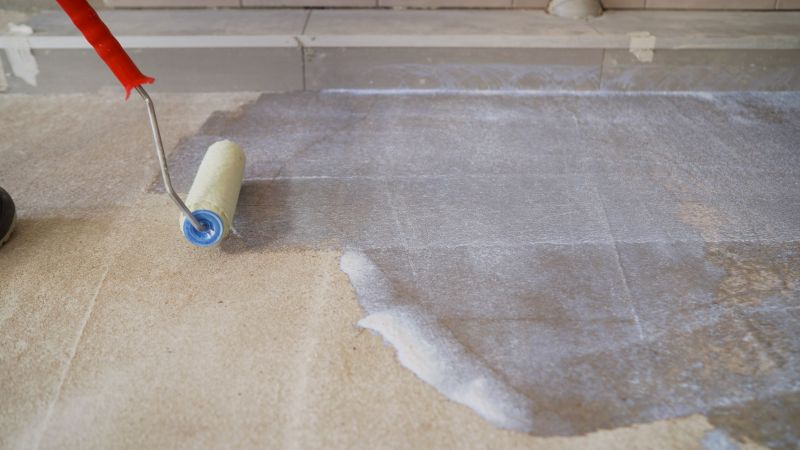
Avoid applying protections during rain, extreme cold, or high humidity for optimal bonding.
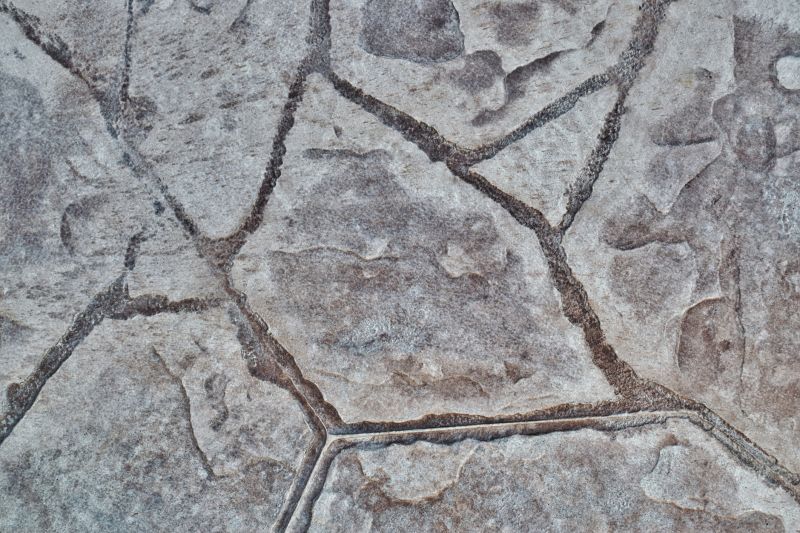
Proper protection can extend the lifespan of stamped concrete surfaces by years.
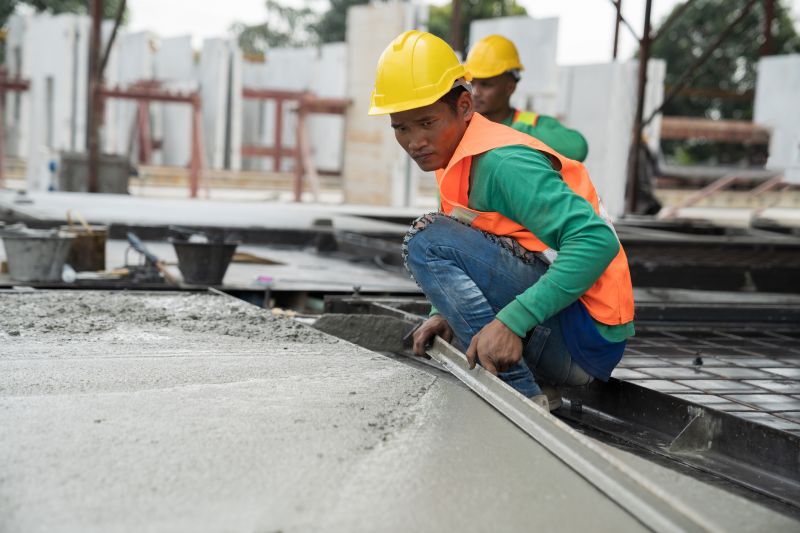
Little measurements that prevent headaches on Stamped Concrete Protections day.

A 60-second routine that keeps Stamped Concrete Protections looking new.

A frequent mistake in Stamped Concrete Protections and how to dodge it.

Small tweaks to make Stamped Concrete Protections safer and easier to use.
Lower-waste or water-saving choices for Stamped Concrete Protections.
The short, realistic tool list for quality Stamped Concrete Protections.
Rough timing from prep to clean-up for Stamped Concrete Protections.
